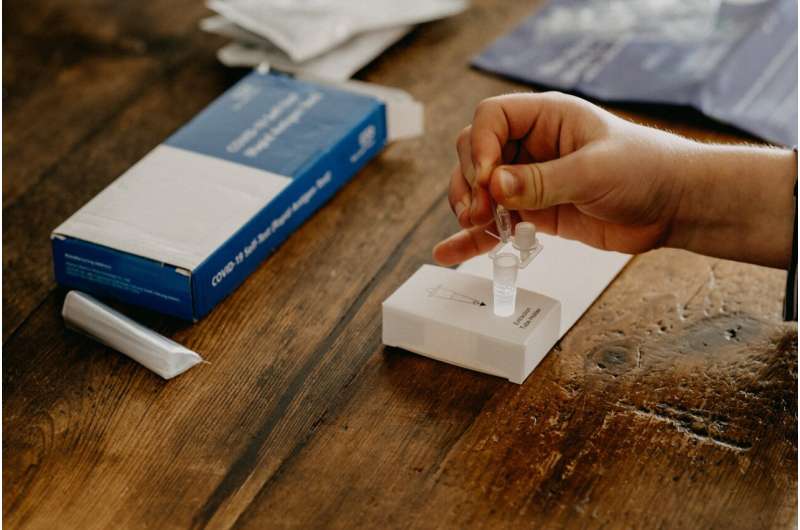Rising Gonorrhea Cases Highlight Challenges of Antibiotic Resistance

Gonorrhea cases are rising worldwide, fueled by increasing antibiotic resistance, making effective treatment more challenging. Researchers are working on new drugs to combat resistant strains and prevent severe health complications.
The sexually transmitted infection gonorrhea has seen an increase in cases over the past decade, due to a complex mix of factors. While improved testing methods and changing sexual behaviors contribute to the rise, a significant concern is the decreasing effectiveness of current treatments as bacteria develop resistance to antibiotics. Experts warn that the gonococcus bacteria, Neisseria gonorrhoeae, is increasingly resistant to antibiotics traditionally used to treat the disease, including the widely used ceftriaxone. This resistance development poses a serious threat to effective management of gonorrhea.
Gonorrhea spreads through sexual contact and is the second most common sexually transmitted disease worldwide. Its incubation period is quite short—ranging from a few days to a few weeks. While many infected individuals experience symptoms like burning during urination and discharge, a notable portion—particularly women—may remain asymptomatic, unknowingly transmitting the infection.
If left untreated, gonorrhea can lead to serious reproductive health issues, such as pelvic inflammatory disease, infertility, and other complications like prostatitis or septic arthritis. The infection’s ability to damage reproductive organs underscores the importance of prevention, including consistent condom use and timely testing and contact tracing.
The challenge of antibiotic resistance has prompted researchers and clinicians to seek new treatment options. Dr. Tomas Gustafsson, an infectious disease expert from Umeå University, emphasizes the urgency, noting that gonorrhea bacteria have developed resistance to nearly all antibiotics previously effective against it. This growing resistance reduces the options available for treatment, complicating efforts to control the disease.
To combat this, some researchers are exploring new drugs and developing innovative strategies to accelerate the development of effective antibiotics. Dr. Gustafsson and his team are working on expanding the pipeline of potential treatments, aiming to produce a reliable cure for gonorrhea that can be used in clinical settings. His goal, shared by many in the research community, is to see these new antibiotics become available for patient care, helping to curb the rising tide of resistant gonorrhea.
Understanding and addressing antibiotic resistance is crucial in controlling gonorrhea’s spread and preventing severe health outcomes. Continued research efforts and global cooperation are vital for staying ahead of evolving bacterial resistance and safeguarding public health.
Source: medicalxpress.com
Stay Updated with Mia's Feed
Get the latest health & wellness insights delivered straight to your inbox.
Related Articles
Targeting a Key Protein to Prevent Food Allergy Disorders
Researchers at Tel Aviv University have identified the protein TSLP as a critical factor in the development of food allergy-related conditions like Eosinophilic Esophagitis. Blocking TSLP could lead to new therapeutic approaches for managing these chronic inflammatory diseases.
Large International Study Finds Spironolactone Ineffective in Reducing Cardiovascular Risk in Dialysis Patients
A large international trial finds that spironolactone does not lower cardiovascular risks in dialysis patients and increases the risk of serious hyperkalemia, emphasizing the need for safe treatments.



